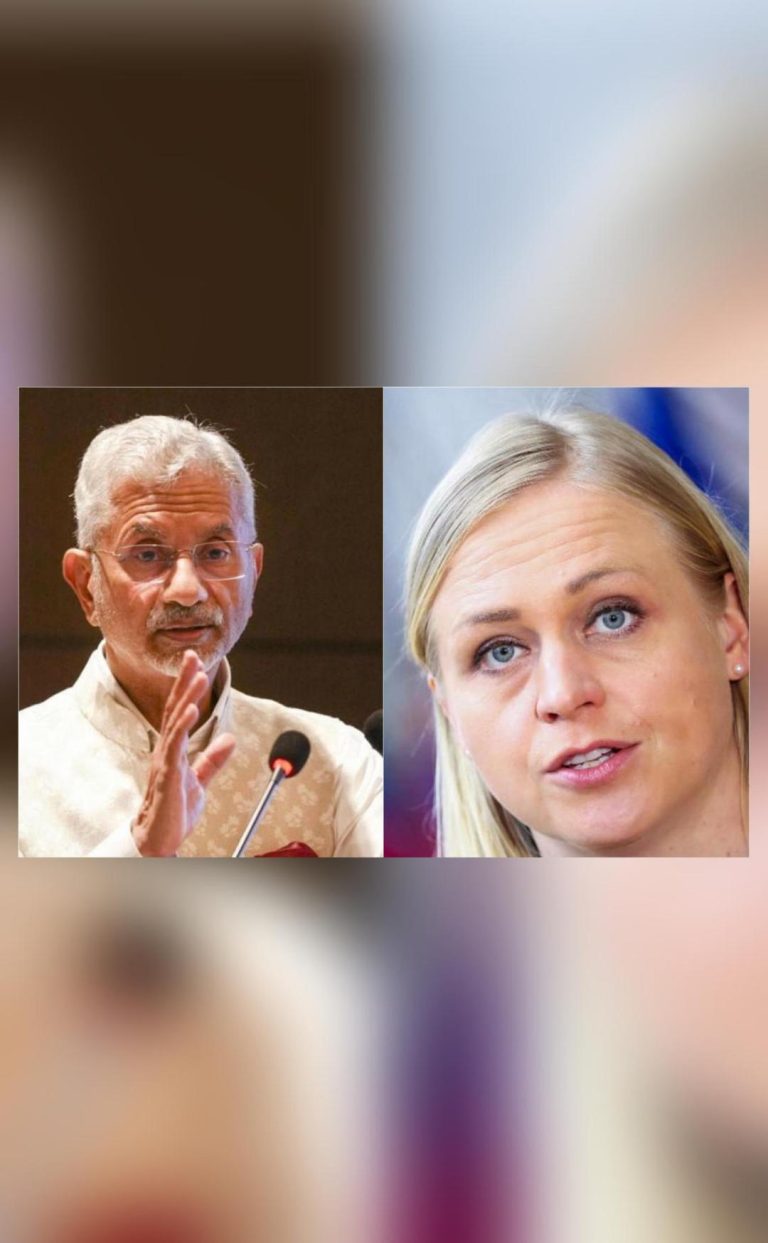
Find it Absurd: J&K CM as Helicopter Service Not Allowed in Amarnath Yatra Route
The Amarnath Yatra, a revered pilgrimage to the holy cave shrine of Amarnath in Jammu and Kashmir, is set to begin soon. However, in a surprising move, the government has declared the route as a “no flying zone” as part of beefed-up security measures. This decision has left many wondering, including the Chief Minister of Jammu and Kashmir, Omar Abdullah.
In a recent statement, Omar Abdullah expressed his discontent with the decision, calling it “absurd.” He pointed out that the restriction on helicopter services could send a wrong message to the rest of the nation about the situation in Jammu and Kashmir. Despite his disagreement with the decision, the Chief Minister is happy that the Yatra is going to start soon.
The Amarnath Yatra is a significant pilgrimage in Hinduism, which attracts thousands of devotees from all over the world. The shrine is located at an altitude of 12,756 feet above sea level, and devotees undertake the arduous trek to pay their respects to Lord Shiva. The Yatra is usually conducted over a period of 45 days, during which devotees make their way to the shrine, often facing challenging weather conditions.
The decision to declare the route as a “no flying zone” is aimed at ensuring the safety and security of the pilgrims. The government has taken this measure in response to the increasing threat posed by terrorist groups in the region. The security forces have been working tirelessly to provide a secure environment for the pilgrims, and this decision is part of their efforts to achieve this goal.
However, the Chief Minister’s concerns about the decision are not unfounded. The restriction on helicopter services could lead to logistical challenges, making it difficult for pilgrims to reach the shrine. The Yatra is already a challenging trek, and the addition of this restriction could make it even more daunting for some devotees.
Furthermore, the decision could have economic implications for the region. The Yatra is a significant source of revenue for the local economy, with many businesses and services catering to the needs of the pilgrims. The restriction on helicopter services could lead to a decline in tourism and economic activity in the region.
In light of these concerns, it is essential to strike a balance between security and the needs of the pilgrims. The government could consider alternative measures to ensure the safety and security of the devotees while also minimizing the impact on their journey. For instance, the government could increase the number of security personnel deployed along the route or enhance the surveillance in the area.
In conclusion, the decision to declare the Amarnath Yatra route as a “no flying zone” is a complex issue that requires careful consideration. While the Chief Minister’s concerns about the decision are valid, it is also essential to prioritize the security and safety of the pilgrims. The government must work towards finding a solution that balances these competing interests and ensures a smooth and safe Yatra for all devotees.






